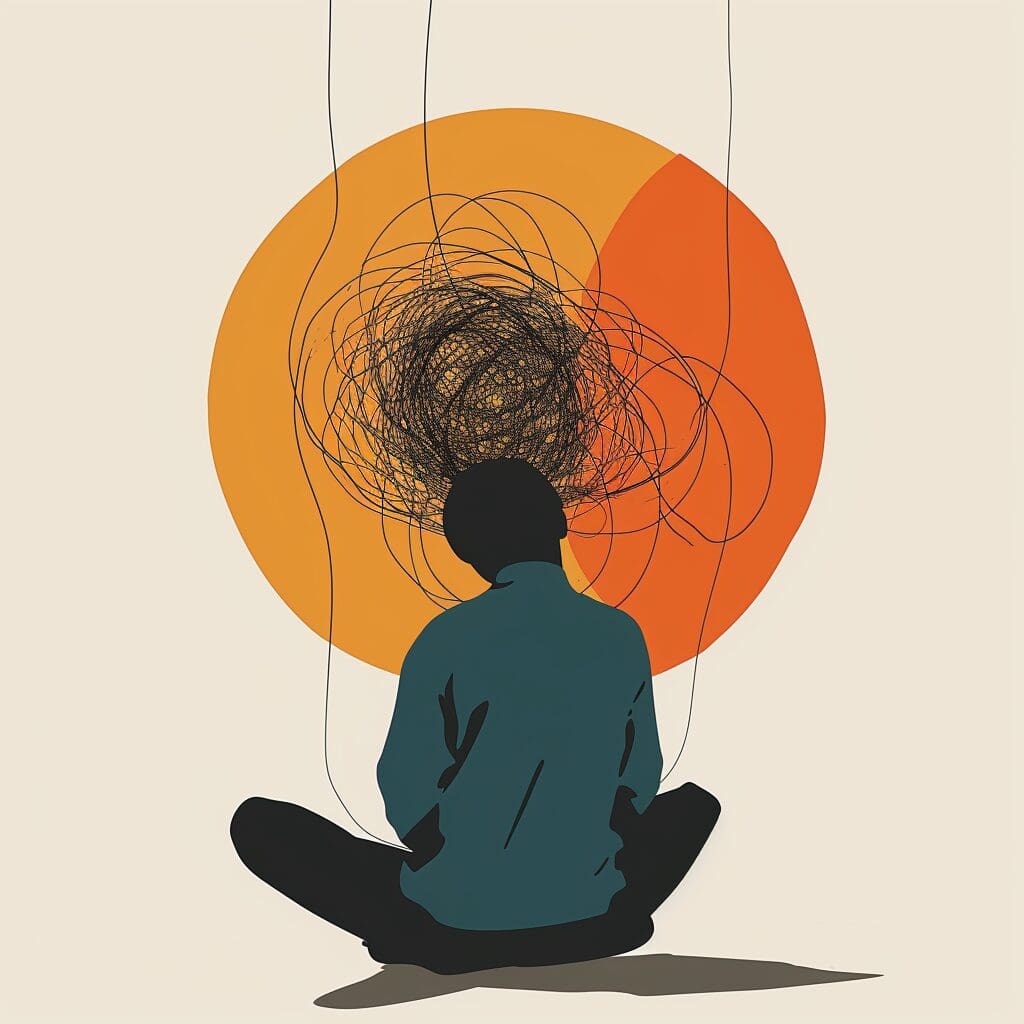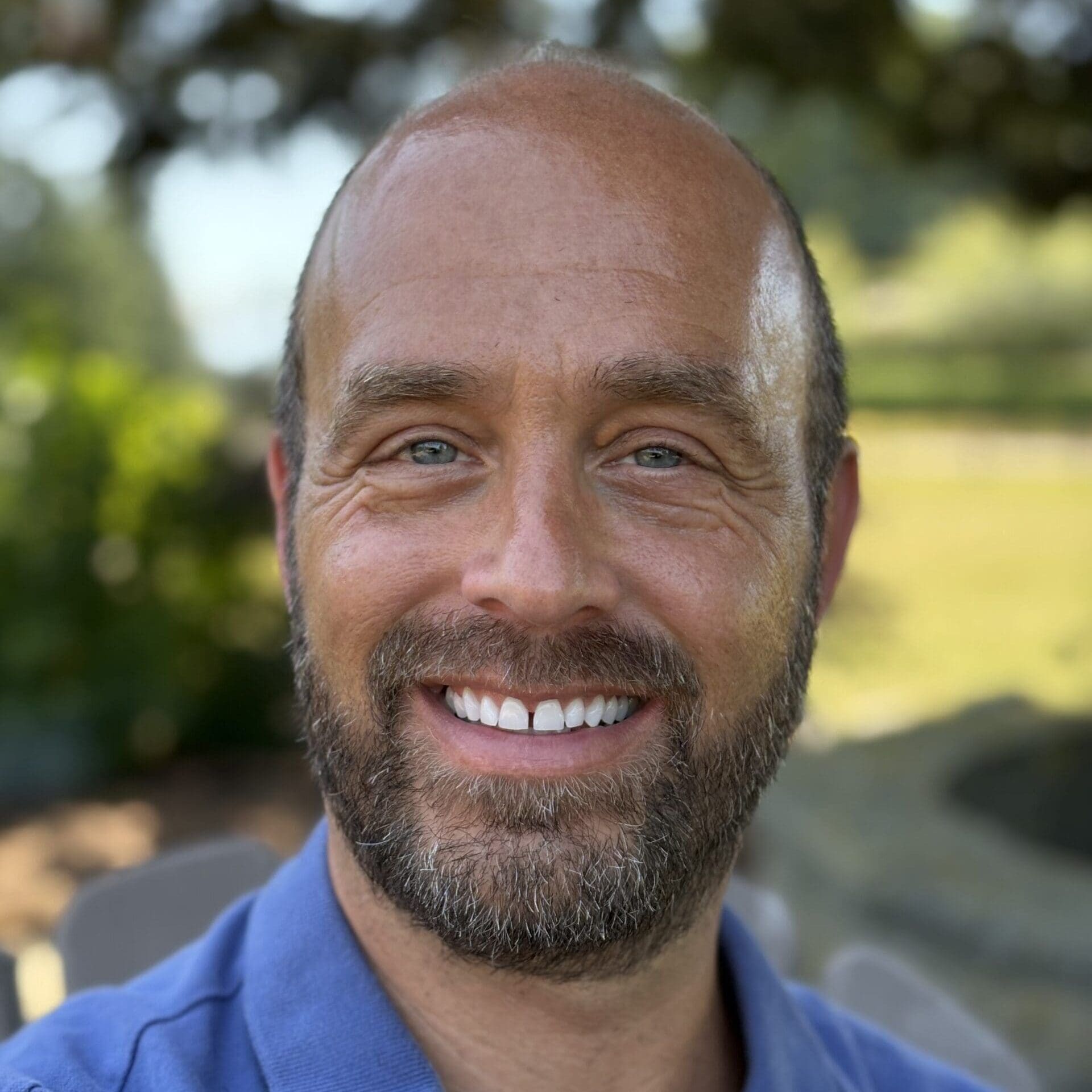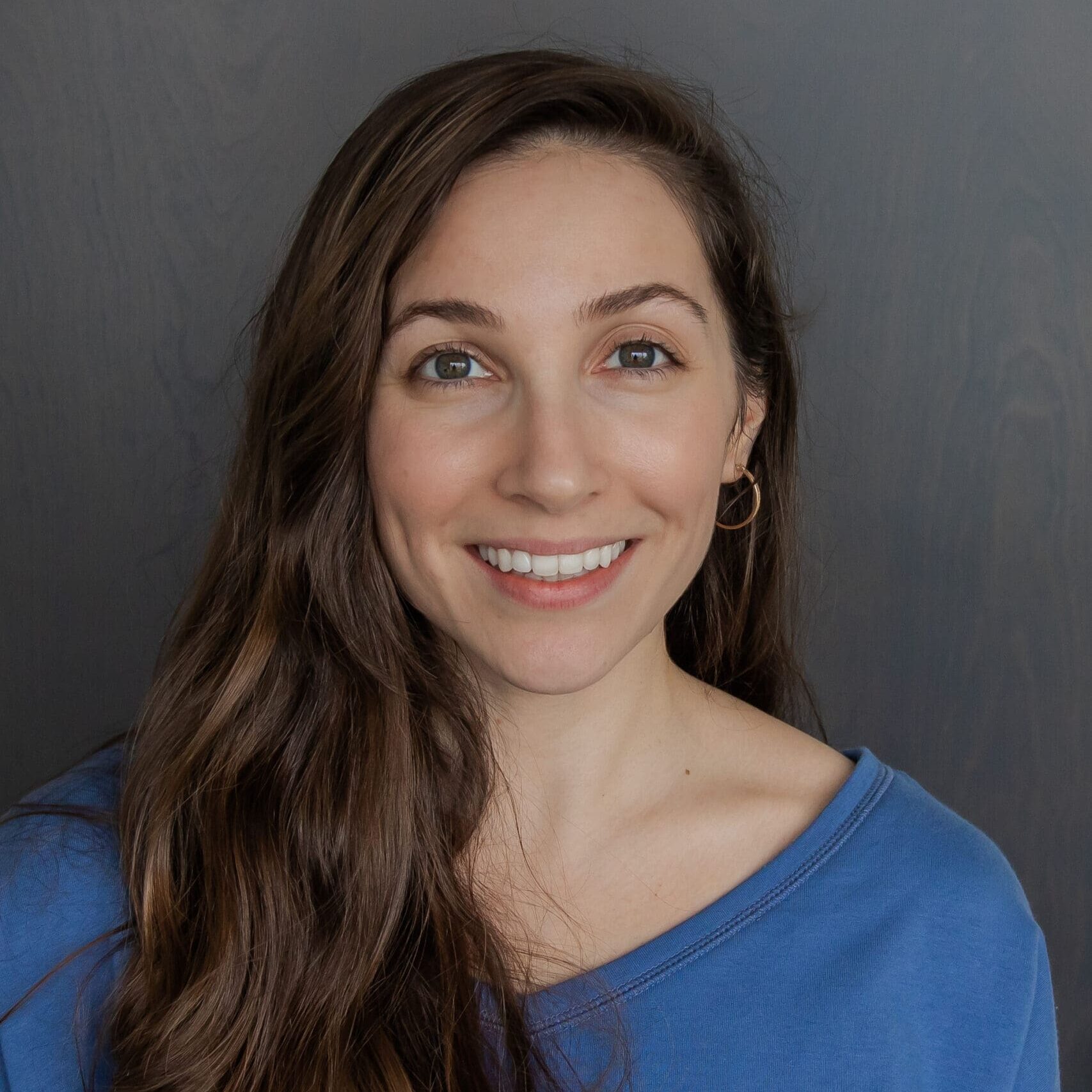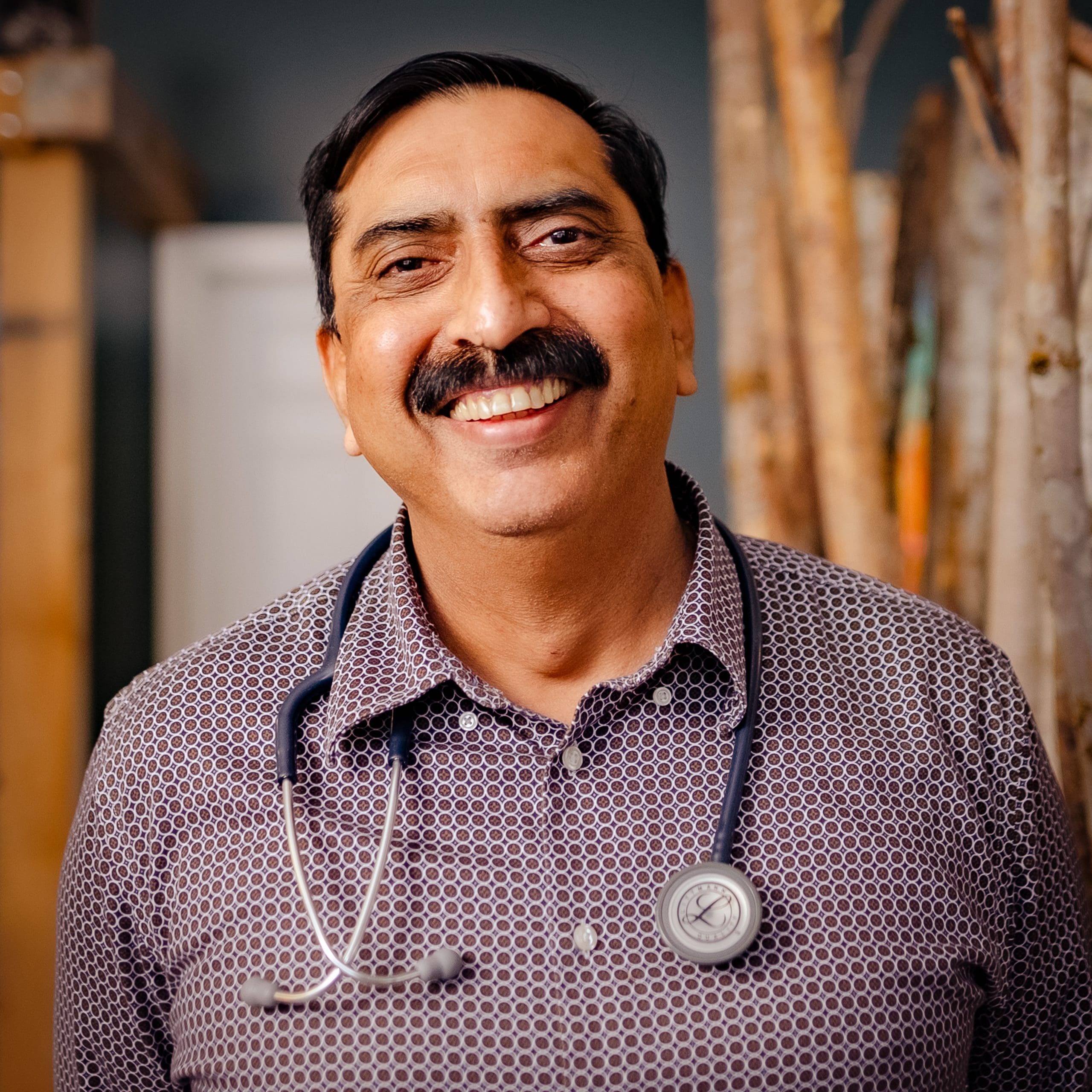Childhood anxiety is a growing concern for many parents, with an estimated 5% of Canadian children and youth aged 4-17 years (approximately 335,000) diagnosed with an anxiety disorder [reference].
Anxiety can manifest in various ways, such as excessive worrying, physical complaints, avoidance behaviours, and seeking constant reassurance.
While these symptoms can be distressing for both children and their families, there is hope. Routines and rituals can be powerful tools in reducing anxiety in children, providing a sense of structure, predictability, and comfort in their daily lives.
Understanding Childhood Anxiety
To effectively help children manage their anxiety, it is essential to understand the common signs and symptoms.
These may include restlessness, irritability, difficulty concentrating, sleep disturbances, and physical symptoms such as headaches or stomachaches.
Various factors can contribute to anxiety in children, including genetic predisposition, environmental stressors, and learned behaviours. When left unaddressed, anxiety can significantly impact a child’s daily functioning, affecting their academic performance, social relationships, and overall well-being.

The Role of Routines in Reducing Anxiety
Routines are regular, predictable patterns of activities that provide structure to a child’s day.
For children with anxiety, routines can be particularly beneficial in reducing uncertainty and fear of the unknown.
Knowing what to expect and when can help children feel a greater sense of control over their environment, which can help alleviate anxious feelings [reference].
Some examples of daily routines that can help reduce anxiety include:
- Consistent wake-up and bedtime routines
- Regular mealtimes and snack times
- Scheduled homework and play times
Implementing these routines consistently can help create a sense of stability and security for anxious children.
The Power of Rituals in Managing Anxiety
While similar to routines, rituals are more symbolic and meaningful practices that can provide comfort and familiarity during stressful times. For children with anxiety, rituals can serve as coping mechanisms, helping them feel grounded and connected to a sense of safety.
Some examples of calming rituals for anxious children include:
- Bedtime stories or lullabies
- Worry dolls or worry boxes
- Breathing exercises or mindfulness practices
These rituals can be tailored to a child’s individual needs and preferences, making them a personalized tool for managing anxiety. At The Healing Oak, counsellors often work with families to develop meaningful rituals that resonate with each child.
Implementing Routines and Rituals at Home
When establishing routines and rituals at home, starting small and gradually building up is essential.
Involving your child in the planning process can help them feel more invested and empowered in managing their anxiety.
Using visual schedules or checklists can also be helpful in reinforcing the structure and predictability of routines.
In addition to daily routines, incorporating calming rituals into your child’s life can provide additional support during anxious moments. Creating a calming corner or safe space, developing a personalized calming kit, and practicing gratitude or positive affirmations are all ways to help your child cope with anxiety.
When to Seek Professional Help
While routines and rituals can be effective tools in managing childhood anxiety, there may be times when additional support is needed.
If your child’s anxiety is severe, persists for an extended period, or significantly interferes with daily functioning, it is essential to seek professional help.
Our team of experienced anxiety counsellors offers holistic and integrative approaches to support children and families dealing with anxiety. We believe in addressing the interconnectedness of physical, mental, and emotional well-being to promote lasting healing.
From Ted Talks
What modalities can help with treating childhood anxiety?
- Cognitive Behavioural Therapy (CBT): CBT is the most commonly cited and well-researched therapy for childhood anxiety. It helps children identify and change distorted thought patterns that contribute to anxiety. CBT teaches coping skills like relaxation techniques, positive self-talk, and gradual exposure to feared situations.
- Parenting Programs: Counseling that involves educating and coaching parents on how to respond effectively to their child’s anxiety is beneficial. Parents learn to validate feelings while encouraging brave behaviours and discouraging avoidance.
- Dialectical Behaviour Therapy (DBT): DBT, which has roots in CBT, helps children develop mindfulness, distress tolerance, emotion regulation, and interpersonal effectiveness skills. These skills enable them to cope better with anxiety-provoking situations.
- Acceptance and Commitment Therapy (ACT): ACT focuses on accepting anxious thoughts and feelings rather than struggling against them. Children learn to engage in valued activities despite anxiety.
- School Counseling: Accessing counselling services through the school system can help children manage the anxiety that impacts their educational functioning.
- Family Therapy: Since family dynamics can contribute to and be affected by childhood anxiety, involving the whole family in counselling can be beneficial.
In summary, while CBT has the strongest evidence base, several counselling approaches used individually or in combination can effectively treat childhood anxiety. The key is teaching coping skills, challenging distorted thinking, encouraging exposure to feared situations, and involving parents and family in treatment.
Conclusion
Routines and rituals can be powerful allies in reducing anxiety by providing structure, predictability, and comfort.
As you begin to seek a better understanding of childhood anxiety, remember that every child is unique and may respond differently to various approaches.
With patience, understanding, and the right tools, you can help your child navigate the challenges of anxiety and build a foundation for lifelong resilience.
Our team is here to support you every step of the way, offering compassionate care and evidence-based practices to promote whole-person healing.
Childhood Anxiety FAQ's
Common signs of anxiety in children include excessive worrying, physical complaints, avoidance behaviours, restlessness, irritability, difficulty concentrating, sleep disturbances, and seeking constant reassurance [reference].
Routines provide structure and predictability, which can help reduce uncertainty and fear of the unknown for children with anxiety.
By knowing what to expect and when, children feel a greater sense of control over their environment, which can alleviate anxious feelings [reference].
Some examples of calming rituals for anxious children include bedtime stories or lullabies, worry dolls or worry boxes, breathing exercises, and mindfulness practices. These rituals can be tailored to a child’s individual needs and preferences.
Involving your child in the planning process can help them feel more invested and empowered in managing their anxiety. Encourage them to share their ideas and preferences when creating daily schedules or developing calming rituals.
If your child’s anxiety is severe, persists for an extended period, or significantly interferes with daily functioning, it is essential to seek professional help.











